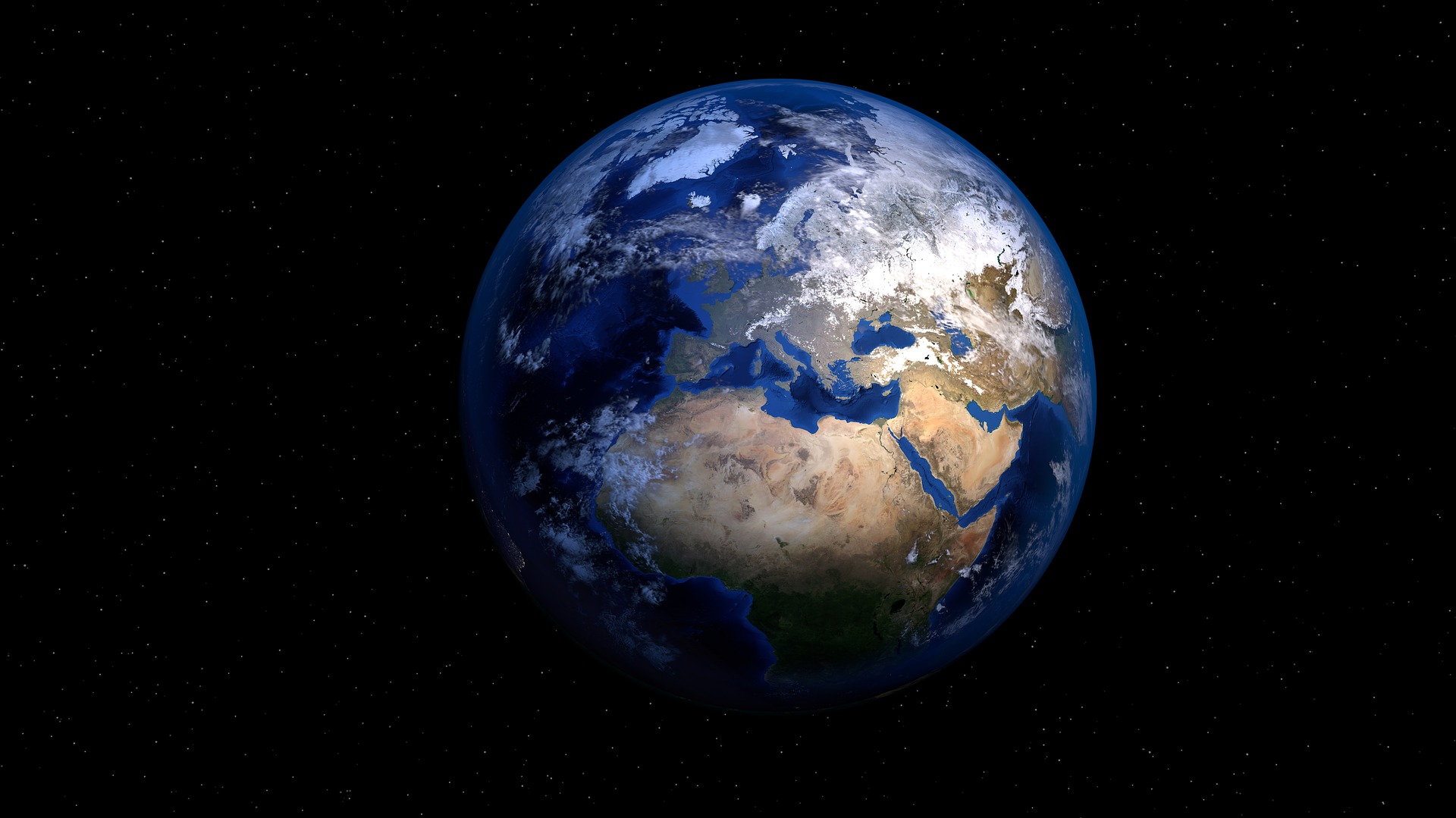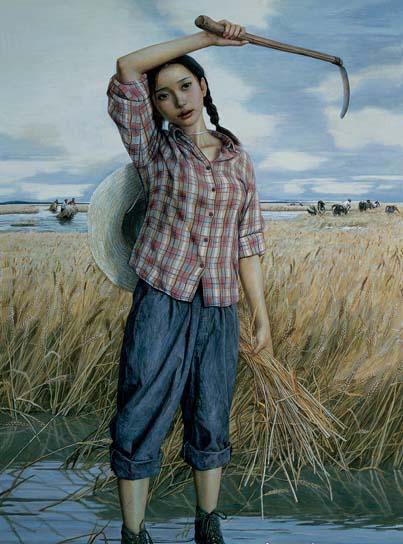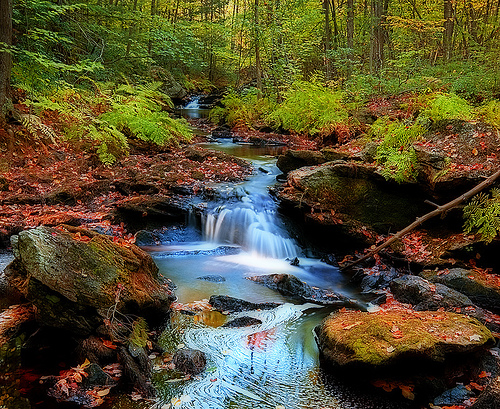A Thing of Beauty: Critical Analysis
The poem “A Thing of Beauty” received contemptuous criticism after its release and Keats himself noted its rambling and unpleasant style. On the other hand, he did not regret writing it, as he equated the process to diving into the ocean to become more accustomed to his surroundings. Keats was never afraid of failure, for he believed that he would sooner fail than not be among the greatest.
Not all critics detested the work. Some poets said that the song of Endymion beats throughout with a noble poet’s sense of all that his art means to him. What automated defects there are in it may even serve to accelerate our sense of the youth and brightness of this voice of aspiration.
A Thing of Beauty: Poetic Devices
There are various poetic devices used in the poem. Metaphor, Alliteration, Imagery. There are three pairs of alliteration – “Noble” and “Natures” bring the rich-sounding N’s in line 1. The C sounds of “Cooling” and “Covert” pop out in the next stanza. Again we can notice the use of alliteration with “B” in the words “Band” and “Bind.”
Metaphor is evidently used in “bower quiet,” sweet dreams,” and “wreathing a flowery band.” In the next few lines, Keats gives us yet another use of Metaphor by mentioning “pall” and “endless fountain of immortal drink.”
The immense use of imagery can be found in the clause “flowery bands,” which visualizes a bunch of flowers like a band. The use of the clause “shady boon” also pictures the blessing to be shady. The words “daffodils in the green world,” “clear rills,” grandeur of dooms,” etc., are instances of the use of imagery. “Cooling covert” and “endless fountain of eternal drink” are some notable examples of imagery used in this poem.
A Thing of Beauty: Central Idea of the Poem
The poem “A thing of beauty” from John Keats’s poem Endymion is usually read as a straightforward assertion that has the central idea that any beautiful thing gives unending pleasure. This idea can be interpreted in several diverse senses. For the reason that human beings share the same basic natures and respond to the same motivations in the same basic ways, a thing of beauty, even if lost for a time, perhaps even for centuries, will still have the ability to give joy to future generations if it is experienced again later. A beautiful thing is a happiness forever. Whatever happens, we cannot hate a really beautiful thing. Even when it fades, decays, or dies, we love such things without any conditions. It will never be elapsed even after its death, a thousand or two thousand later. When we live enclosed by beautiful people, places, and things, our minds will be refreshed, and we will have sweet dreams while sleeping. As a further result, we will have good health and quiet breathing.
A Thing of Beauty: Theme of the Poem
This poem, in many ways, signifies a romantic finale of Keats’s firm belief in the non-destruction of beauty and of its claim to legitimacy with reference to its permanence and its ability to call up or contextualize the truth. This forms the main theme of the poem. The poet’s artistic view of beauty as an obstinate source of pleasure and joy comes in the face of a knowledge of the sharp problems of life, to which the essential thing of beauty offer their own mode of struggle. Unlike the commonplace objects of everyday certainty, the objects of beauty are resistant to the perishability of time and, indeed, of mortality. This interlaces the melancholic note characteristic of many of the poet’s odes with a classical, fleeting form of beauty. Their power rises with time. They are the signifiers of continuity reflected as historical truth, of a story that exceeds the limitations of specific insight but includes and decides the collective flow. The sun, the moon, the flora, and the fauna in Nature are protectors of an infinity that can never be equated with the temporariness and incontinence of human schemes.
A Thing of Beauty: Tone of the Poem
In this poem, Endymion, the mythical character, has a tone of a desire for a romantic self-transcendence that aims at fusing his own self with the embarrassment of cosmic creations. It is the perception of the viewing subject, of the critical mind which is responsible for his own well-being, and which should ideally aim at a balanced synthesis of his own egotistic feelings with the donated borrowings and emotional provisions of beauty. This is a personal unity that is more complicated than the Wordsworthian notion of Pantheism. The stimulated state of mind that turns its own prejudice onto the gaze of nature demonstrates the idea of negative capability as proposed by the scholar-poet.
A Thing of Beauty: Conclusion
The poem concludes by saying that beautiful things are figuratively an endless source of nectar that pours down to us from heaven, bringing eternal joy to the soul’s grandeur. They are like the medicine of life, a never diminishing source of pleasure and delight, a boundless source of joy that seems to be a precious gift from Heaven. A beautiful thing will give joy throughout one’s lifetime. One can return to the beautiful thing and never finish finding it a source of joy. Even after one dies, the thing of beauty will continue to exist and will give joy to people of the next age group. When they, in turn, pass, it will give joy to the peer group after theirs, and so on. Thus a beautiful thing may, in that sense, is a joy forever. Even if the thing of beauty practiced in the past can’t, for whatever reasons, be experienced at the present moment, our memory of the past experience can still give present pleasure. Even when we are depressed or dejected, our experience of a beautiful thing can help us shake off our sadness and can bring us joy.
You can check out the summary of A Thing of Beauty by John Keats here.
Some online learning platforms provide certifications, while others are designed to simply grow your skills in your personal and professional life. Including Masterclass and Coursera, here are our recommendations for the best online learning platforms you can sign up for today.
The 7 Best Online Learning Platforms of 2022
- Best Overall: Coursera
- Best for Niche Topics: Udemy
- Best for Creative Fields: Skillshare
- Best for Celebrity Lessons: MasterClass
- Best for STEM: EdX
- Best for Career Building: Udacity
- Best for Data Learning: Pluralsight
















